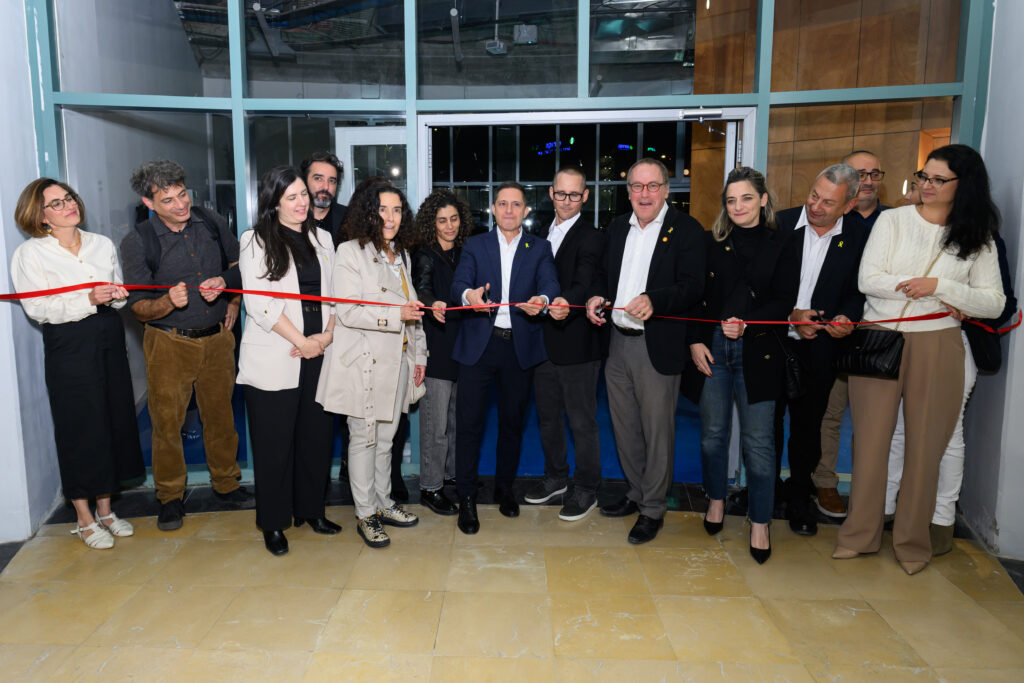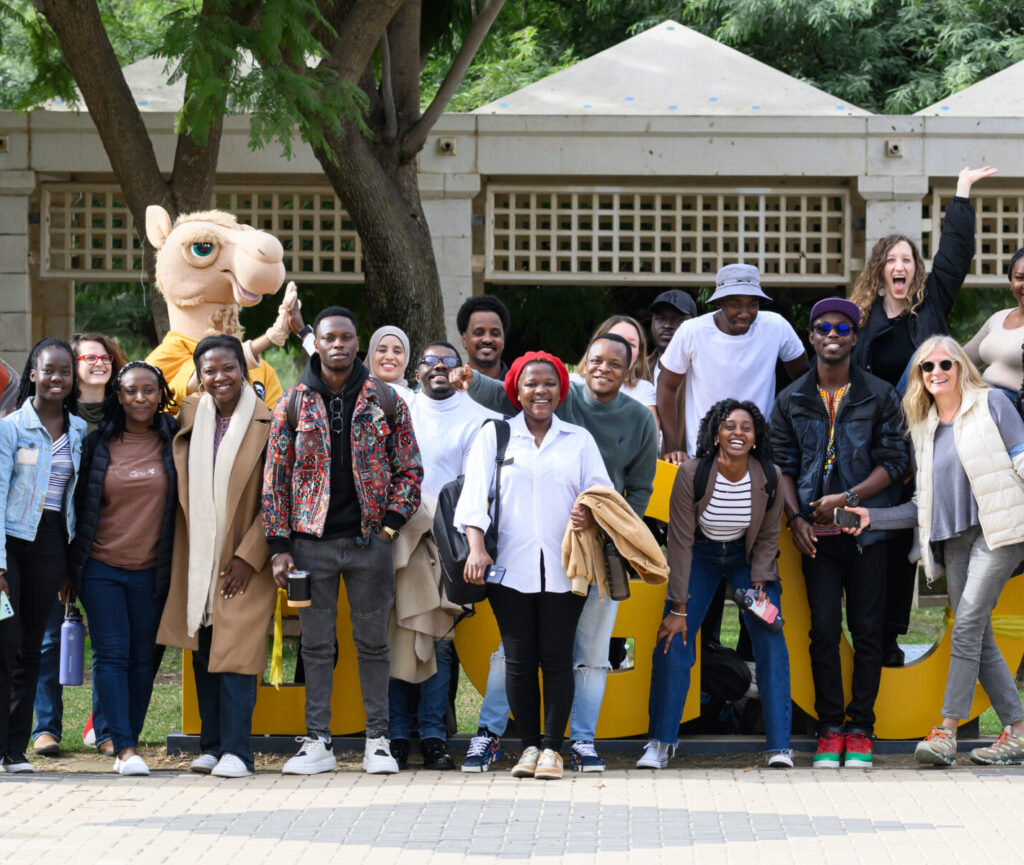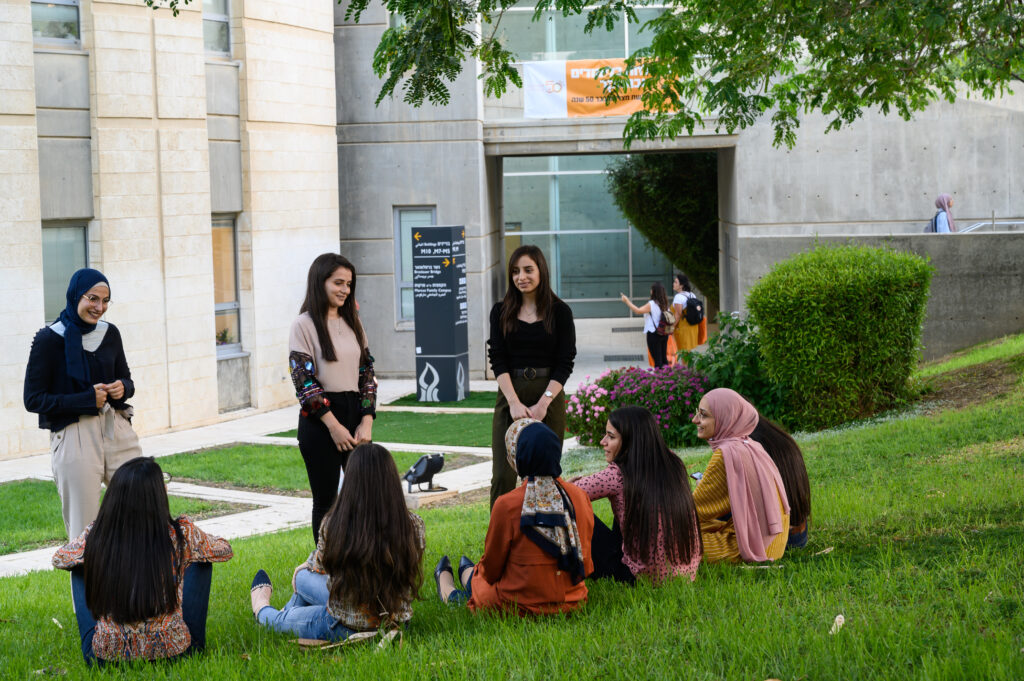
A Vineyard Blooms in the Negev Desert
A Vineyard Blooms in the Negev Desert
April 30, 2009
Business & Management, Desert & Water Research, Negev Development & Community Programs
Society Editor Skip Sheffield continues his report on his trip to BGU. Read his earlier entries published on April 5 and April 12 and April 20.
Working our way to the Dead Sea, we stopped at the Boker Valley Vineyards in the Negev Highlands of Israel. At the vineyard, which also has a bed-and-breakfast operation called Desert Lodge, we met BGU Prof. Zeev Wiesman, head of the Phyto-Lipid Biotechnology Lab and a member of the Department of Biotechnology Engineering.
Prof. Wiesman introduced us to Moshe Zohar, the man who planted the vineyard 10 years ago. It was Moshe’s vision to grow grapes in the desert as they did 2,000 years ago. With modern biotechnical engineering, the winery is a reality.
 Moshe produces a pretty darn good wine, both white and red. Now with the help of BGU of the Negev, the Boker Valley Vineyards is branching into the lucrative pomegranate market.
Moshe produces a pretty darn good wine, both white and red. Now with the help of BGU of the Negev, the Boker Valley Vineyards is branching into the lucrative pomegranate market.
“Moshe knew wine-making was an ancient Israeli tradition,” Prof. Wiesman explained. “He believed it could be done again, and he has done it with vines that don’t need pesticides and can grow in salty soil. His wine is totally organic and kosher.
“We have planted an experimental field of pomegranates. When it matures, the fruit will ripen earlier, in mid-August, so we can beat others to the market.”
The thinking at BGU of the Negev is that education and technology can go hand-in-hand with people struggling to survive in a harsh land.
After taking a little detour to a camel ranch at the insistence of photo-takers, we continued to the Dead Sea Works, where Prof. Jiwchar Ganor [of the Department of Geological and Environmental Sciences] explained how salt, potash and magnesium are extracted from the drying salty brine of the Dead Sea.
Alas the Dead Sea is disappearing at an alarming rate. It has fallen more than 70 feet since 1970. There are actually two bodies of water now, to the north and the south. The larger, deeper body of water is to the north, but it is drying up so rapidly sink holes are appearing and parts of the area are off-limits for safety’s sake.
The problem is that the historic sources of water for the Dead Sea: the Jordan River, Sea of Galilee and springs are being diverted and tapped.
Most of the big resorts are at the south end at one of the lowest points on Earth (more than 1,000-feet below sea level). Our Isrotel there was a posh place like something out of Las Vegas, without the gambling or floor shows.
I was amazed to note how clear the Dead Sea is. The evaporated salt looks like patches of ice and snow. The water is so salty (more than 8 times saltier than the Atlantic) it is inadvisable to immerse your head. It’s pretty hard to do that anyway, as you tend to bob like a cork.
Our next destination was Masada, scene of one of the most tragic, desperate yet proud battles of ancient Israel. Little did I realize how inspirational it would be.



